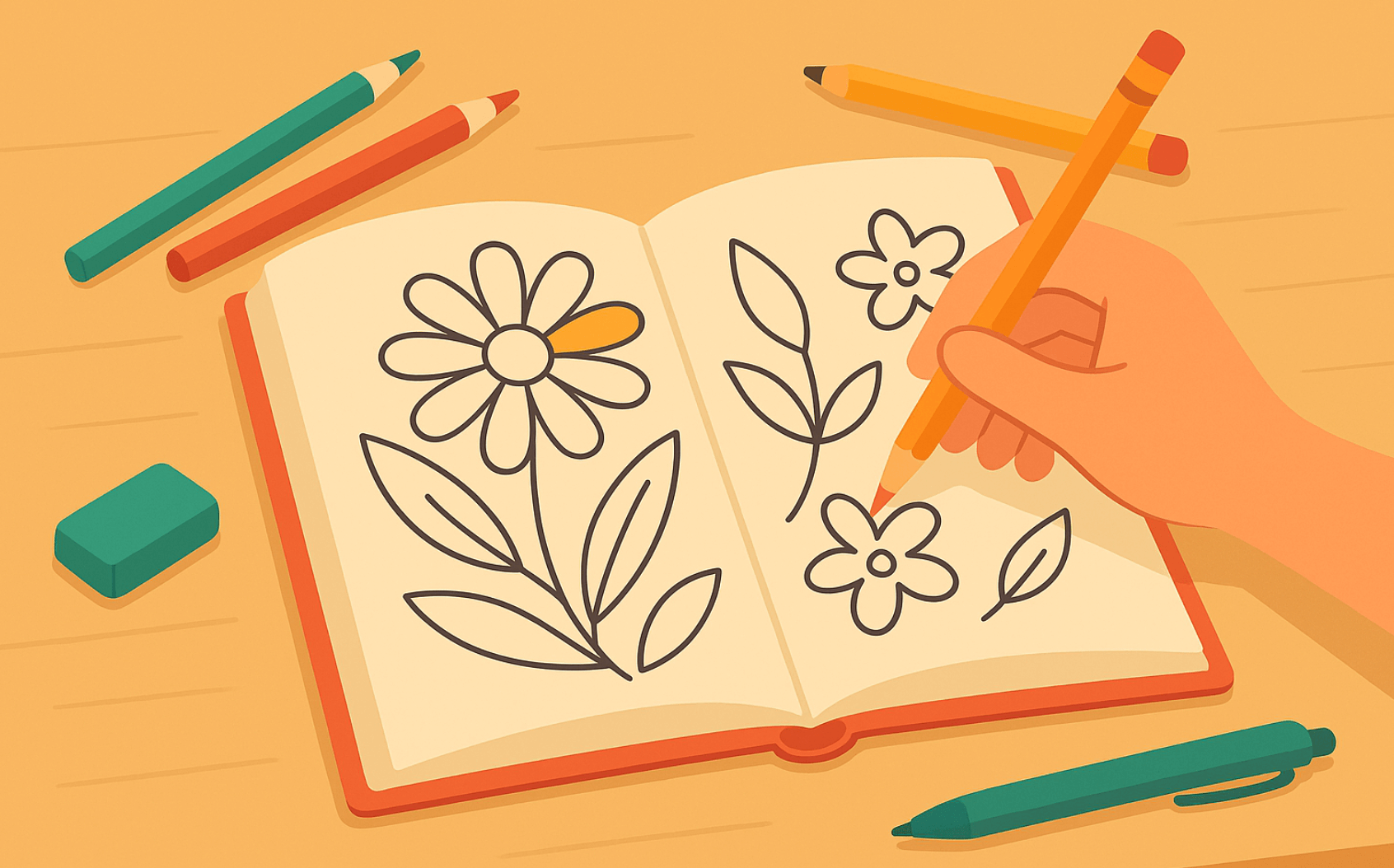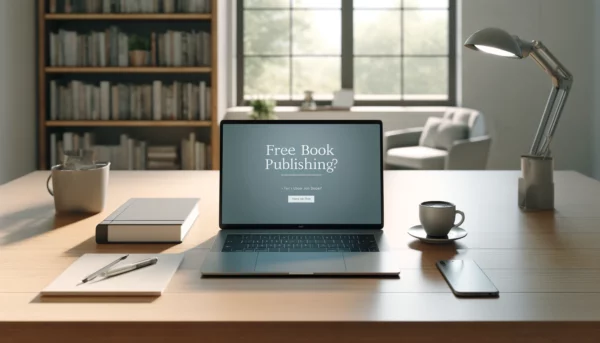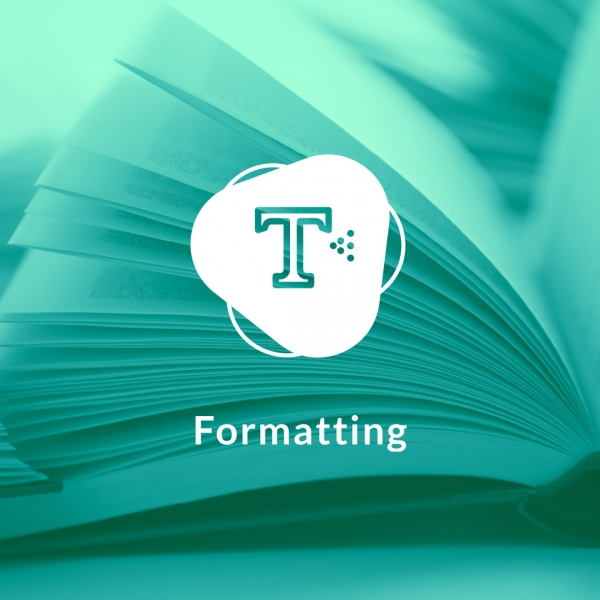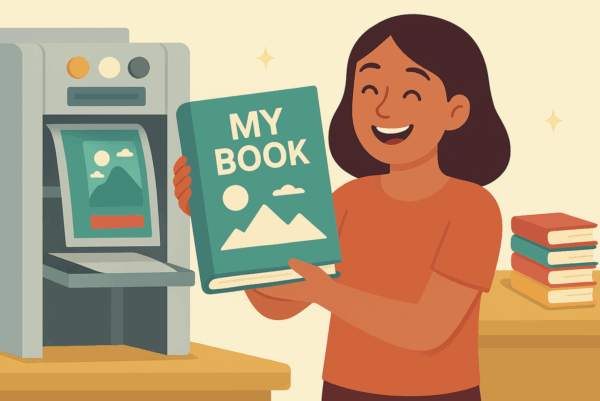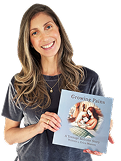Remember when coloring books were just for kids armed with half-broken crayons and more enthusiasm than accuracy? Fast forward to today, and coloring books have taken on a whole new life. From mindfulness mandalas to intricate animal designs, they’ve become a global trend for both children and adults who want to relax, unplug, and get creative.
The best part? You don’t have to be a world-class illustrator to create one. With the right tools and a step-by-step process, anyone can design, publish, and even sell their own coloring book. Whether your goal is to entertain kids, help stressed-out adults unwind, or carve out a little niche for yourself on Amazon, the opportunity is wide open.
Why Coloring Books Are So Popular Today
Coloring books have gone from a childhood staple to a creative outlet that appeals to just about everyone. They are no longer only about cartoon animals or alphabet practice. Today you’ll find coloring books designed for relaxation, mindfulness, education, and even as collector’s items.
For kids, coloring books build fine motor skills, spark imagination, and keep them busy long enough for parents to enjoy a cup of coffee while it’s still hot.
For adults, they’ve become a form of stress relief, almost like meditation with markers. A few minutes of coloring can calm the mind, slow down the endless scroll of daily life, and remind us that creativity doesn’t need to come with deadlines.
The range is enormous too. Mandalas for focus, fantasy landscapes for escapism, witty quotes paired with floral designs, and niche themes that serve specific audiences. In other words, if you can imagine it, there’s probably an audience eager to color it.
This popularity is exactly what makes creating and publishing a coloring book such an exciting opportunity. The demand is there, and the variety means you can carve out your own unique space in the market.
How to Make a Coloring Book from Scratch
The idea of making a coloring book can feel intimidating at first, but the process is easier than most people think. You don’t need a fine arts degree or the patience of a saint. What you do need is a clear theme, some basic design tools, and a plan to turn your ideas into pages people will actually want to color.
Choose a Theme or Niche
Start by deciding who your coloring book is for. Kids? Adults? A specific hobby community? Themes range from cute animals and fantasy castles to mandalas, affirmations, and even oddly specific niches like “goats doing yoga.” The more focused your theme, the more likely you’ll attract the right audience.
Plan Your Book
Think about the number of pages you want (most coloring books fall between 30 and 100). Consider how detailed your illustrations should be. Kids usually need larger, simpler shapes, while adults often prefer intricate designs that take more time to complete.
Create Your Illustrations
You can draw by hand and scan your artwork, or use digital tools like Procreate, Photoshop, Illustrator, or Canva. The key is clean line art that prints well in black and white. Remember, a coloring book is not about showing off how complex your art is. It’s about creating designs people can fill in and make their own.
Keep It Consistent
Readers appreciate when the art style feels unified. Whether playful and cartoonish or elegant and geometric, consistency makes the book feel polished rather than thrown together.
By the end of this stage, you’ll have the bones of your coloring book ready: a theme, a plan, and a stack of pages begging to be filled with color.
Your Publishing Journey Awaits – Start NowHow to Create a Coloring Book to Sell
Making a coloring book is fun. Selling one is where the real adventure begins. If you want your book to look professional and stand out in a crowded market, there are a few steps that turn a stack of doodles into something people will actually pay for.
Polish Your Pages
Clean, crisp line art is essential. Avoid gray lines or shaded areas, since they won’t print well. Test-print a page or two to make sure the lines are bold enough for crayons, markers, or colored pencils. If the artwork feels messy or faint, buyers will notice, and not in a good way.
Think About Formatting
Most coloring books are sized at 8.5 x 11 inches (standard printer paper size), but you can also explore square or travel-friendly formats. Keep margins wide enough so no important details get lost in the binding. A simple layout with one illustration per page usually works best.
Pick the Right Tools
Digital creators often rely on programs like Photoshop, Illustrator, or Procreate. Canva is also a beginner-friendly option for layout and text. The goal isn’t to complicate the process but to produce pages that look sharp and professional.
Make It Original
Generic clipart won’t cut it. If you want your coloring book to sell, focus on originality. A quirky theme or a unique art style can set your book apart from the dozens of flower and mandala books already on the market.
Bundle in Value
Small touches can elevate your book: bonus mini-pages, a test page at the start, or themed extras like inspirational quotes. These details can help justify a higher price point and make buyers more likely to recommend your book.
With your illustrations refined, formatted, and organized, you now have a finished product that’s ready for the next big step, publishing.
How to Publish a Coloring Book
You’ve got your pages polished and your theme nailed down. Now comes the exciting part — getting your coloring book into the hands of real buyers. Publishing might sound intimidating, but thanks to modern tools, it’s more accessible than ever.
Choose Your Publishing Path
You have two main options: traditional publishing or self-publishing. Traditional publishers handle design, printing, and distribution, but they’re selective and often slower. Self-publishing, on the other hand, puts you in control — and with platforms like Amazon KDP or IngramSpark, you can publish your book worldwide without storing boxes of inventory in your garage.
Consider Print-On-Demand
Print-on-demand (POD) is a lifesaver for coloring books. Services like Amazon KDP print copies as they’re ordered, which means no upfront printing costs and no risk of unsold stacks gathering dust. It’s especially helpful if you’re just testing the waters.
Handle the Technical Details
- ISBNs: You’ll need one if you plan to sell in bookstores or libraries. Amazon KDP provides a free ISBN if you don’t want to buy your own.
- Paper Quality: Coloring books work best with slightly thicker paper that can handle colored pencils and markers. Most POD services let you choose paper type and finish.
- Copyright: Protect your work by registering your designs, especially if you’ve created unique illustrations.
Double-Check the Proof
Always order a proof copy before going live. There’s nothing worse than discovering your carefully drawn dragon looks like it lost a wing because it got cut off in the binding.
Publishing is where your coloring book officially goes from a passion project to a product. Once it’s live, the next step is making sure people actually find it, which is where marketing comes in.
How to Market and Sell Your Coloring Book
Publishing your coloring book is only half the journey. The other half is making sure people know it exists, and that they’re excited to buy it. With so many coloring books already out there, smart marketing is what separates a hidden gem from a bestseller.
Online Marketplaces: Amazon KDP is the biggest stage, but it’s not the only one. Etsy is a favorite for printable coloring pages, while IngramSpark opens doors to bookstores and libraries. Listing your book in multiple places increases your chances of being discovered.
Show Off on Social Media: Coloring books are highly visual, which makes platforms like Instagram, TikTok, and Pinterest perfect for promotion. Share behind-the-scenes sketches, time-lapse videos of pages being colored, or free mini-pages as teasers. People love seeing the creative process almost as much as the finished product.
Offer Free Samples: A single free page can work wonders. Upload a PDF sample to your website or share it in a newsletter. Freebies let potential buyers “test drive” your book, and if they like it, they’re far more likely to purchase the full version.
Engage With Communities: Join Facebook groups, Reddit forums, or niche communities dedicated to coloring and creativity. Don’t just drop links — share value, show your designs, and build relationships. Readers who feel connected to you are more likely to support your work.
Consider Ads and Promotions: If you’re serious about selling, invest in Amazon Ads or targeted social media campaigns. Even a modest budget can boost visibility, especially when combined with organic efforts like reviews and word-of-mouth.
Marketing isn’t about shouting the loudest. It’s about showing the right people why your coloring book is worth their time (and their colored pencils).
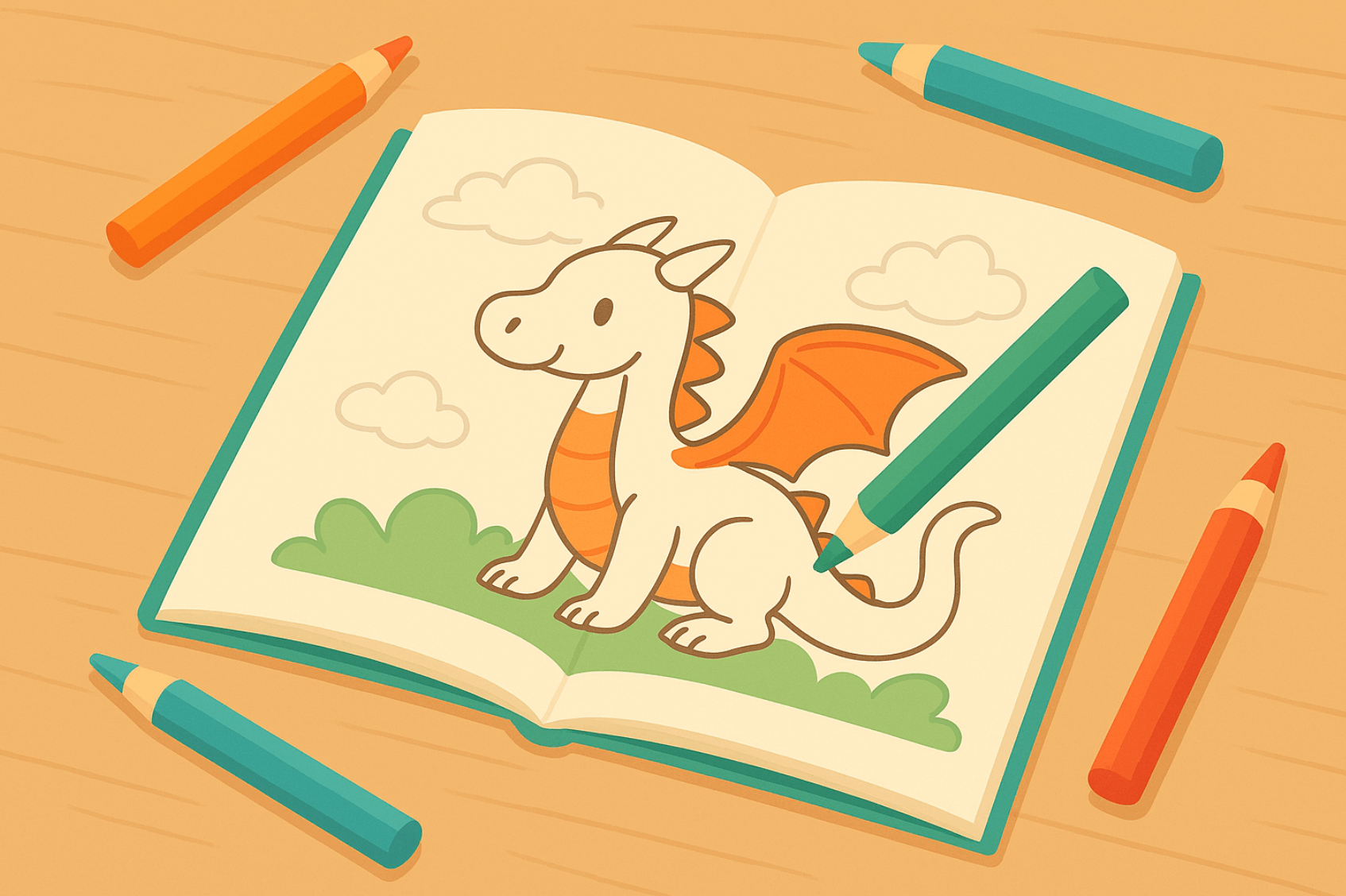
Expert Tips for Successful Coloring Books
Once your coloring book is designed, published, and out in the world, small details can make the difference between a one-time sale and a book that earns rave reviews (and repeat buyers). Here are a few expert touches to keep in mind.
Choose the Right Paper
Thin paper is the quickest way to frustrate buyers. Markers bleed through, pencils leave dents, and suddenly your book feels cheap. Opt for thicker paper stock if possible, or make it clear which mediums work best with your book. Your reviewers will thank you.
Include a Test Page
A blank page at the beginning labeled “Test Your Colors Here” is a simple yet genius addition. It lets people check how their pens or pencils look before diving into the designs. Think of it as a warm-up stretch before the main event.
Add Extra Value
Consider including bonus mini-pages, perforated sheets for easy removal, or themed extras like inspirational quotes. These thoughtful additions make your book feel premium and give buyers more than they expected.
Design for the Audience
A children’s coloring book should have bold outlines and big shapes. An adult coloring book might thrive on intricate details that take hours to finish. Always match the complexity of your designs to the people who will actually be coloring them.
Stay Consistent
Randomly mixing cartoon doodles with hyper-detailed mandalas is jarring. A cohesive style makes your book feel intentional and professional, which helps you stand out in the crowded marketplace.
These small tweaks won’t take much extra time, but they can elevate your coloring book from “nice idea” to “wow, I need to buy this for a friend.”
Coloring Books FAQ
Q: How do I make a coloring book?
Start with a theme, sketch or design your illustrations, and format them into clean black-and-white line art. Most creators use digital tools like Procreate, Photoshop, or Canva. Aim for 30 to 100 pages and keep your style consistent.
Q: How to create a coloring book to sell?
If you want to sell your coloring book, focus on originality and professionalism. Clean up your artwork, choose a standard size like 8.5 x 11 inches, and make sure your designs print clearly. Bonus features like test pages or extras can help your book stand out.
Q: How to publish a coloring book?
Self-publishing platforms like Amazon KDP, IngramSpark, and Etsy make it easy to publish coloring books. Print-on-demand is especially popular, since books are printed only when ordered, no upfront costs, no storage hassles.
Q: How many pages should a coloring book have?
Most coloring books have between 30 and 100 pages. Children’s books tend to lean on the shorter side, while adult coloring books often offer more complex, time-consuming designs.
Q: Can I publish a coloring book on Amazon?
Yes. Amazon KDP is one of the easiest ways to publish and sell a coloring book. You can upload your manuscript, choose your format, and start selling worldwide without worrying about printing or shipping.
Q: Do I need an ISBN for a coloring book?
If you’re publishing through Amazon KDP and selling only on their platform, they’ll assign a free ISBN. If you want to distribute your coloring book to other retailers or libraries, it’s better to purchase your own.
Q: What type of paper is best for coloring books?
Thicker, uncoated paper works best, especially for colored pencils and markers. Print-on-demand services usually offer paper options, so choose one that reduces bleed-through and feels sturdy in the reader’s hands.
